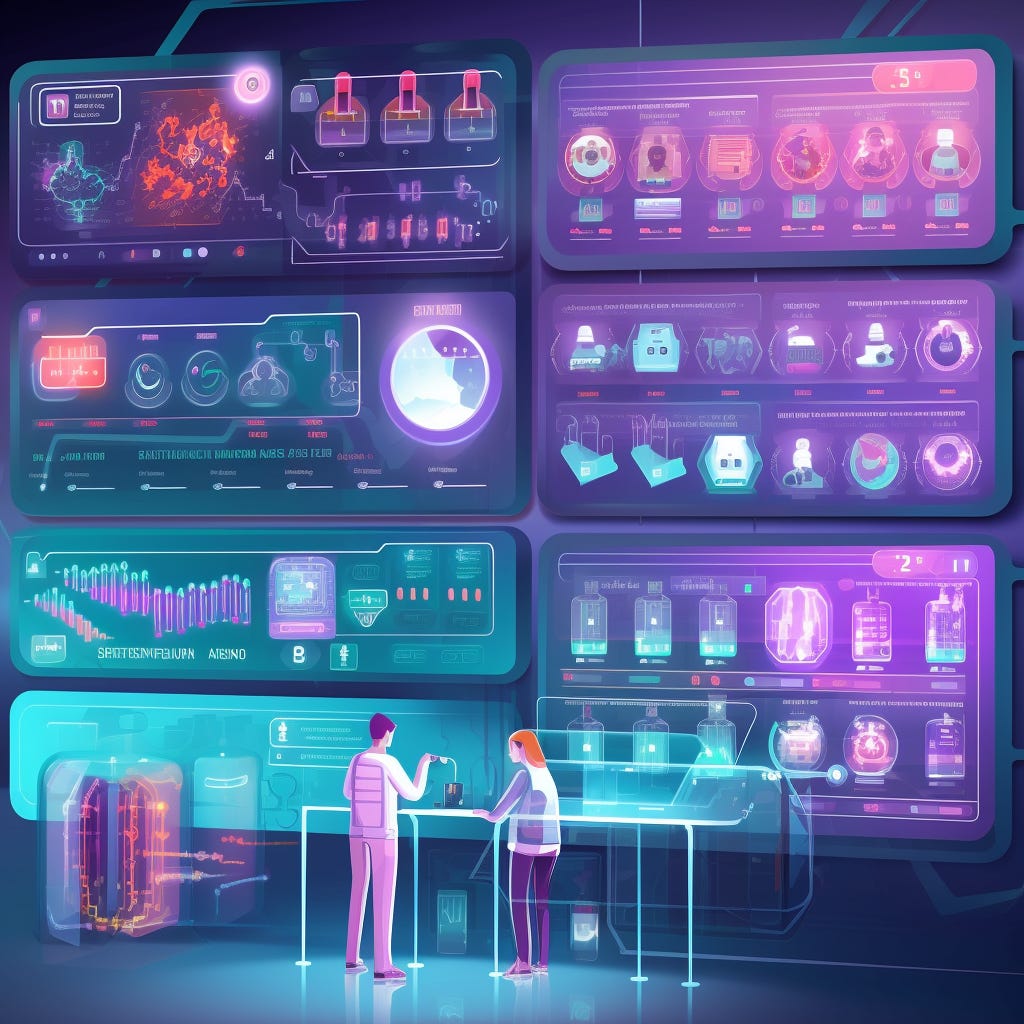In the field of biotech research, there exists a stark contrast between the user interface (UI) and user experience (UX) of software when compared to the tech giants commonly referred to as MAANG (Meta, Amazon, Apple, Netflix, Google) companies. Have you ever spoken to someone working in a biology lab? If you have, they'll probably tell you about the struggles they face when using outdated consoles on instruments and software interfaces. It's not exactly user-friendly or intuitive, to say the least. So, why is the UI/UX in biotech so far behind compared to the sleek and polished interfaces we see in MAANG platforms? Last year I had posed this question as a Twitter thread that got an overwhelming number of insightful responses from industry experts. Let’s dive into some of the reasons.
Insufficient focus on UI/UX in biotech product development
One crucial factor contributing to the lag in UI/UX development in biotech software is the inherent complexity of biology itself. The biotech field deals with intricate and chaotic biological processes, making it challenging to prioritize aesthetics and usability over functionality. Biotech companies tend to prioritize the core functionalities of their software, often neglecting the importance of an intuitive and visually appealing interface. The focus on function over form is pervasive in the field of biological research and some might say, part of the culture.
Established acceptance of suboptimal interfaces
Bioinformatics, a discipline closely associated with biotech software, has historically not prioritized aesthetically pleasing interfaces. As students progress through their academic journey in undergraduate and graduate programs, they become accustomed to difficult and unwieldy interfaces. This early exposure sets the bar for user expectations in the biotech industry, perpetuating the notion that functionality should outweigh usability. Thus, the acceptance of suboptimal interfaces becomes deeply ingrained in the culture of the field.
rightly observed in his substack, that biology software is bad because biologists like bad software.The reason biologists tend to like bad software is that they’re used to working in settings where the cost of creating or adopting good software is greater than the benefit.
High cost of ownership
The above quote perfectly summarizes why biologists accept and continue with legacy tools even if they know something better is out there. The cost of implementing something new is simply too high. This could be because of two reasons:
A new platform doesn’t necessarily make their lab work easier or more efficient.
Migrating SOPs and data from one platform to another can have a multitude of cascading effects. Those working in fields that require regulatory compliance to GXP are all too familiar with the pain of switching to new lab instruments or software and the series of checks necessary to do so correctly.
Lack of funding, training and talent
Another significant impediment to the advancement of UI/UX in biotech software lies in the limited availability of skilled UI/UX researchers and designers. Biotech companies, often operating on tighter budgets compared to tech giants like MAANG, may struggle to attract and retain top-tier UI/UX talent due to the highly competitive nature of the job market. Consequently, these companies face resource constraints that limit their ability to invest in dedicated UI/UX teams and comprehensive user research, resulting in subpar software interfaces.
The broader implications of UI/UX shortcomings in biotech
It is crucial to recognize that the significance of UI/UX in biotech software extends beyond mere aesthetics. The lack of user-friendly interfaces adversely affects data literacy and hampers the adoption of new software solutions. With the advent of lab automation, the exponential growth of data, and advancements in sequencing technologies and drug discovery pipelines, scientists face an overwhelming influx of information. To effectively navigate this deluge of data, users require software that can enhance their productivity, improve data comprehension, and foster adoption of novel tools and technologies.



I can't speak for the current situation but several years ago, biotech and healthtech companies showed little interest. IIRC on Linkedin there was just one UX/UI position at Ginkgo.